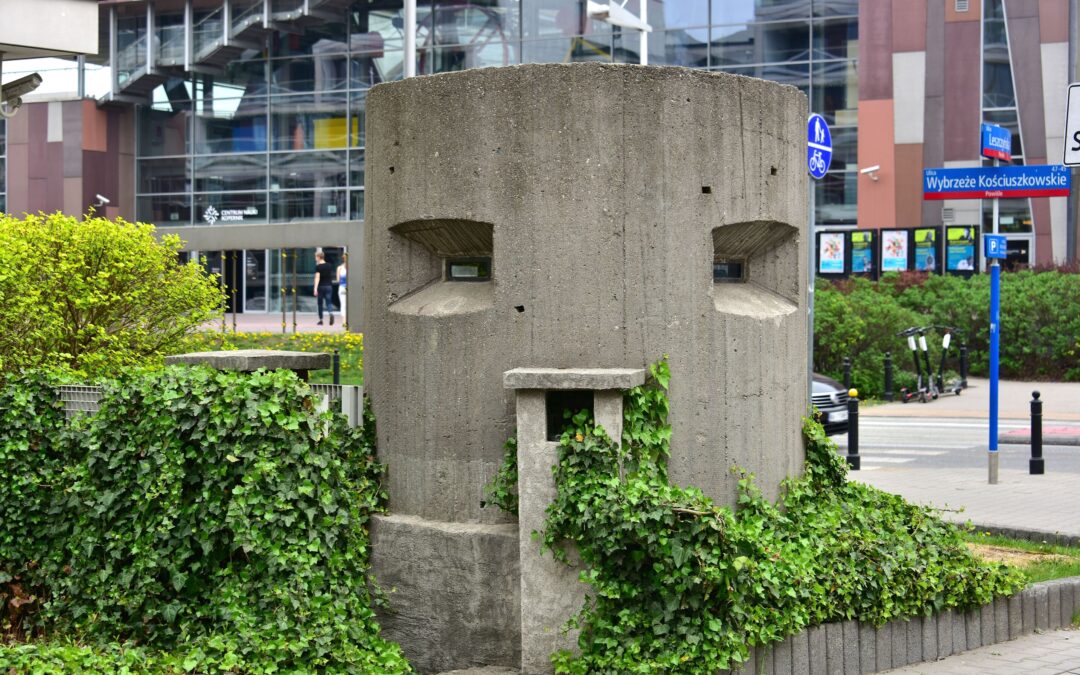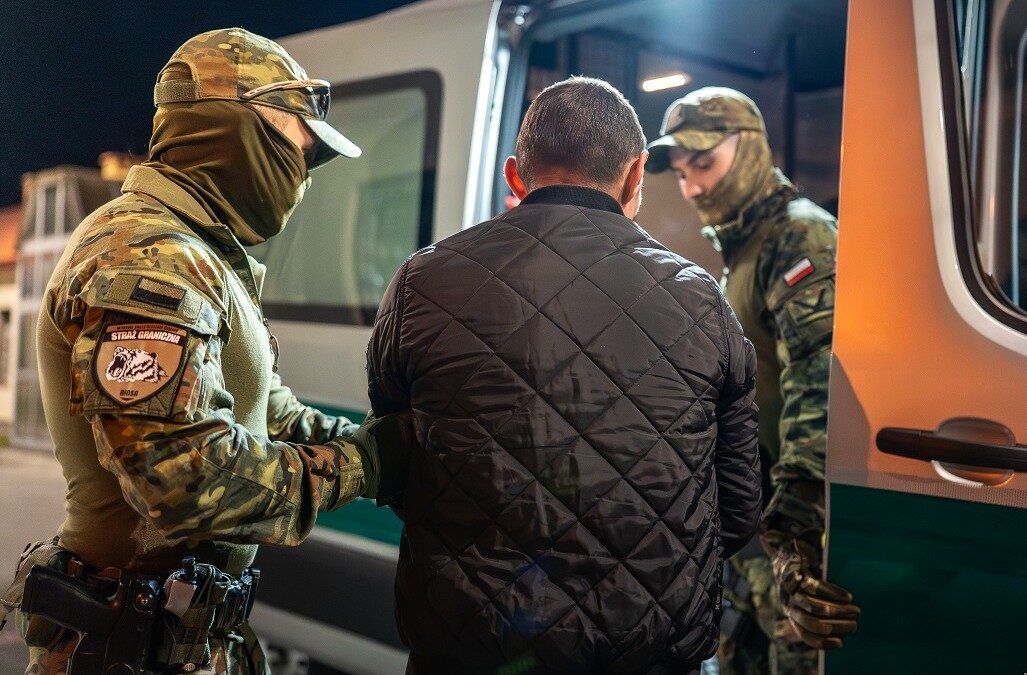Warsaw’s mayor, Rafał Trzaskowski, and Poland’s defence minister, Władyszław Kosiniuk-Kamysz, have announced a 117 million zloty (€27 million) programme to improve the capital’s emergency preparedness, including a better system of shelters.
Warsaw’s plans are part of a wide programme recently announced by the defence ministry to expand security cooperation with local authorities. It comes after a survey last year found deficiencies in the number and readiness of emergency shelters.
Podjąłem decyzję, żeby opracować program "Warszawa chroni”. Jako samorząd przeznaczymy 117 mln zł na realizację najważniejszych inwestycji i działań. Żeby być przygotowanym na każdą ewentualność. Te pieniądze zostaną przeznaczone https://t.co/JWpPXsBU2X. na działania edukacyjne –… pic.twitter.com/TiTdhAfaNC
— Rafał Trzaskowski (@trzaskowski_) March 13, 2024
Unveiling the plans today, Trzaskowski and Kosiniak-Kamysz emphasised that the ongoing war in Ukraine is a particular motivation for reinforcing the capital’s security.
The mayor noted that Warsaw has already gained extensive experience by cooperating with its Ukrainian counterparts. “Of course, Poland is safe,” he added. “We do not assume any very bad scenario [will happen]. But we must be prepared for every eventuality.”
“Ukraine would not have survived the first weeks of the war if it had not been for the involvement of the whole of society,” noted Kosiniak-Kamysz. “We all have a responsibility. The local community is extremely important in building civil defence.”
Poland has enough shelters to accommodate 1.3 million people (around 3% of the population) in the event of war, says the interior ministry. In one province, there is not a single shelter
But the authorities say carparks and cellars can be used if required https://t.co/6LtnWHMDYh
— Notes from Poland 🇵🇱 (@notesfrompoland) June 24, 2022
City officials have already carried out an audit of locations that could serve as places of shelter. “There are quite a lot of these places in Warsaw: seven million square metres,” Trzaskowski explained. “These are mainly underground car parks, the metro, and all sorts of underground structures.”
The mayor also said that he “wants there to be an independent water and energy link in every school” and a requirement for all new buildings to have a reinforced shelter.
The programme, known as Warsaw Protests (Warszawa Chroni), will also involve developing storage facilities with equipment that can be used in emergencies such as floods, as well as improved systems for warning residents. There will be an annual education week and safety training for citizens.
Poland's government has ordered a check of the country's bomb shelters in case "the darkest scenario" emerges from Russia's war in Ukraine.
The interior ministry has, however, assured that there is no imminent threat and "Poland is a safe country" https://t.co/BCUalMGaD9
— Notes from Poland 🇵🇱 (@notesfrompoland) October 11, 2022
Trzaskowski and Kosiniak-Kamusz – who both hail from Poland’s current ruling coalition – also criticised the former Law and Justice (PiS) government, which was in power from 2015 to 2023, for its lack of actions on this issue.
“Today we don’t even have basic definitions [of shelters], we don’t have a legal basis to act, to designate shelters,” said Trzaskowski, while Kosiniak-Kamysz noted that PiS failed to prepare a civil defence act, the creation of which he says will be a priority of the current government.
The unveiling of Warsaw’s new plans comes after the defence ministry this week announced plans to expand security cooperation at the local government level, including developing a better system of shelters.
Dziś zaczyna prace Zespół Doradców Ministra ON ds. współpracy z samorządem terytorialnym. Wśród zadań m. in. wypracowanie propozycji wsparcia samorządów objętych aktywnością wojska i analiza oczekiwań dot. zarządzania kryzysowego. Budowanie bezpiecznej Polski to wspólne zadanie. pic.twitter.com/wAKJKJZ0js
— Władysław Kosiniak-Kamysz (@KosiniakKamysz) March 11, 2024
In 2022, the PiS government ordered a survey of available shelters. The results, published last year, showed that, in a country of 38 million people, bomb shelters could only accommodate 300,000. However, other secure spaces, such as metro stations and tunnels, could hold up to 50 million people.
The fire service, which carried out the survey, launched an online service (available at schrony.straz.gov.pl) that helps people find their nearest place of refuge in an emergency.
However, in an interview with Business Insider Polska published today, Cezariusz Sońta, a security expert and officer in Poland’s military reserve, said that many of the sites classified as emergency shelters can only protect from extreme weather and not, for example, bombing or shelling.
A recent report by the Supreme Audit Office (NIK), a state body, found that less than 4% of Poles would be able to find refuge in shelters, many of which are in poor technical condition.
An inventory has found that Poland, a country of 38 million, has 300,000 spaces in bomb shelters but 48 million in "hiding places" and "places of temporary shelter", such as metro stations and tunnels.
The government has launched an online map of shelters https://t.co/vDSu06nuHc
— Notes from Poland 🇵🇱 (@notesfrompoland) April 7, 2023

Notes from Poland is run by a small editorial team and published by an independent, non-profit foundation that is funded through donations from our readers. We cannot do what we do without your support.
Main image credit: Adrian Grycuk/Wikimedia Commons (under CC BY-SA 3.0 PL)

Agata Pyka is a former assistant editor at Notes from Poland. She specialises in Central and Eastern European affairs, cybersecurity, and investigative reporting. She holds a master’s degree in political communication from the University of Amsterdam, and her work has appeared in Euractiv, the Balkan Investigative Reporting Network (BIRN), and The European Correspondent, among others.



















